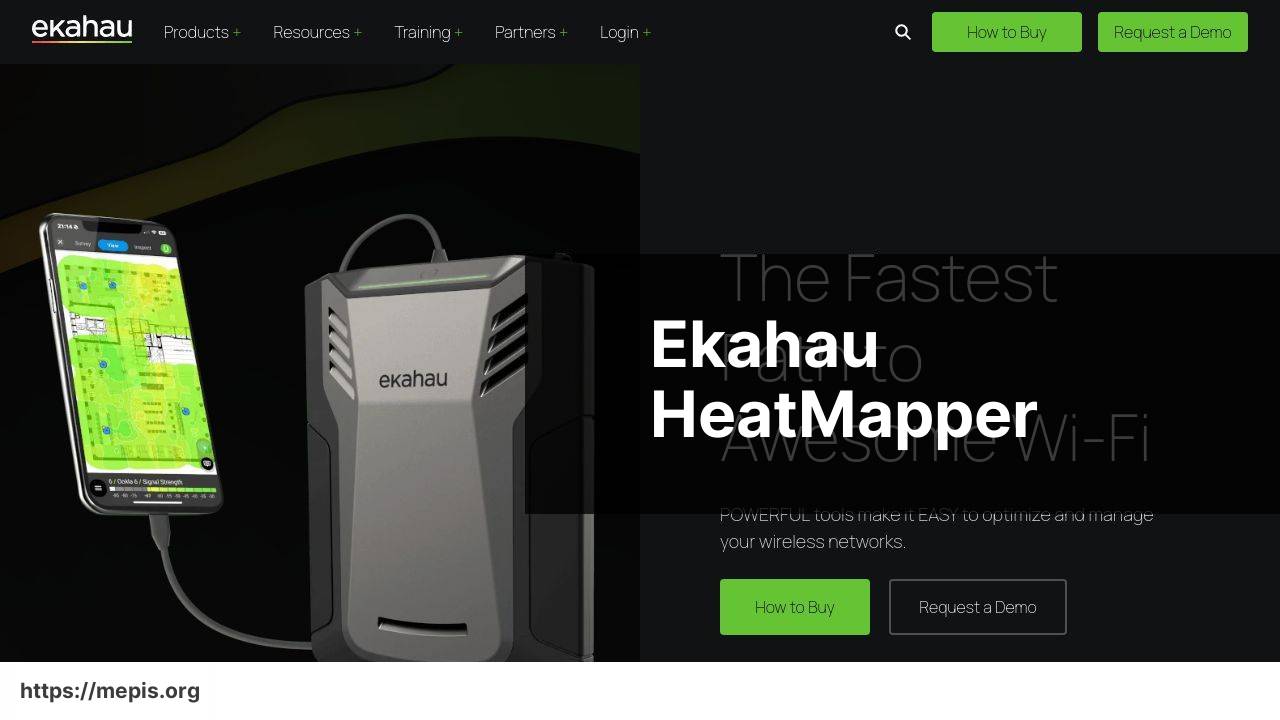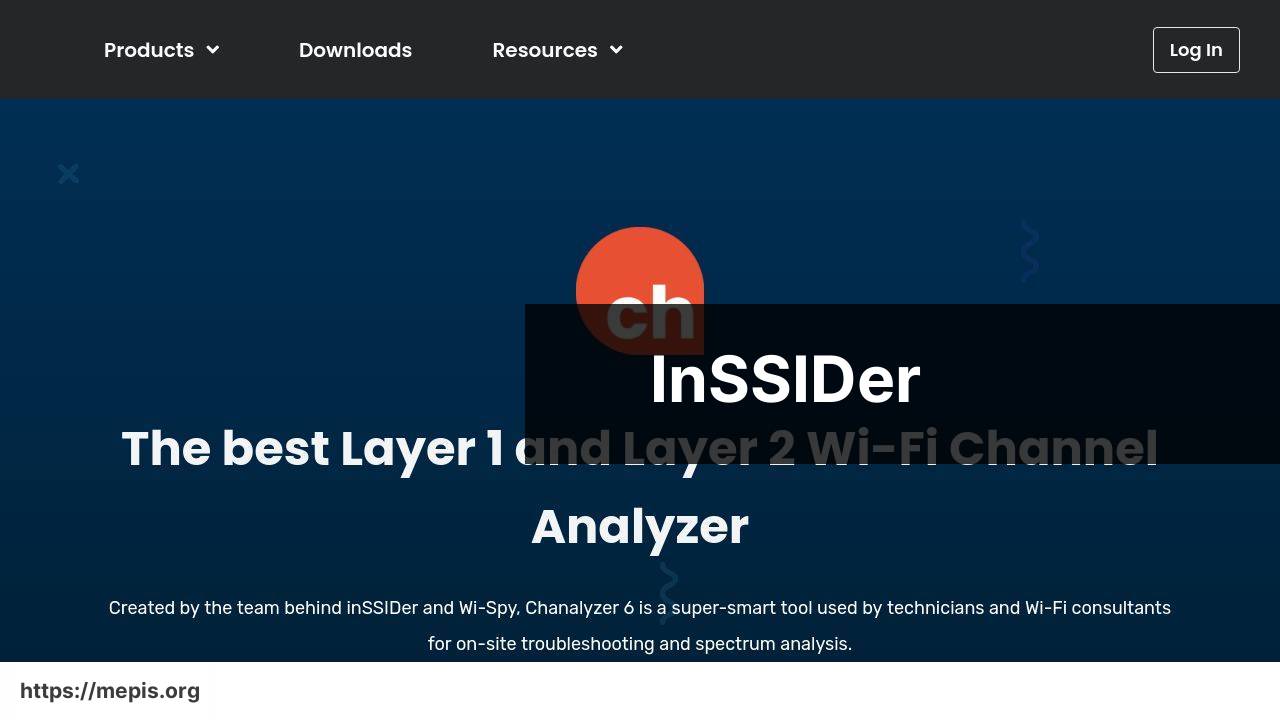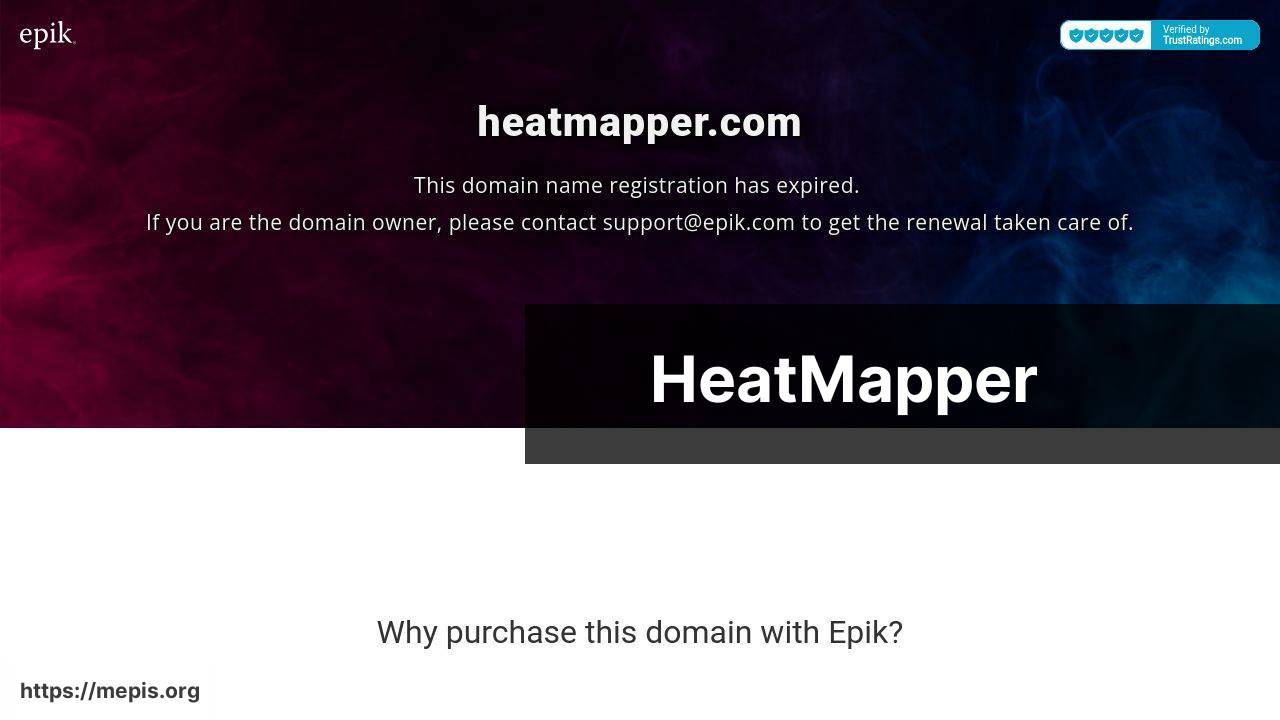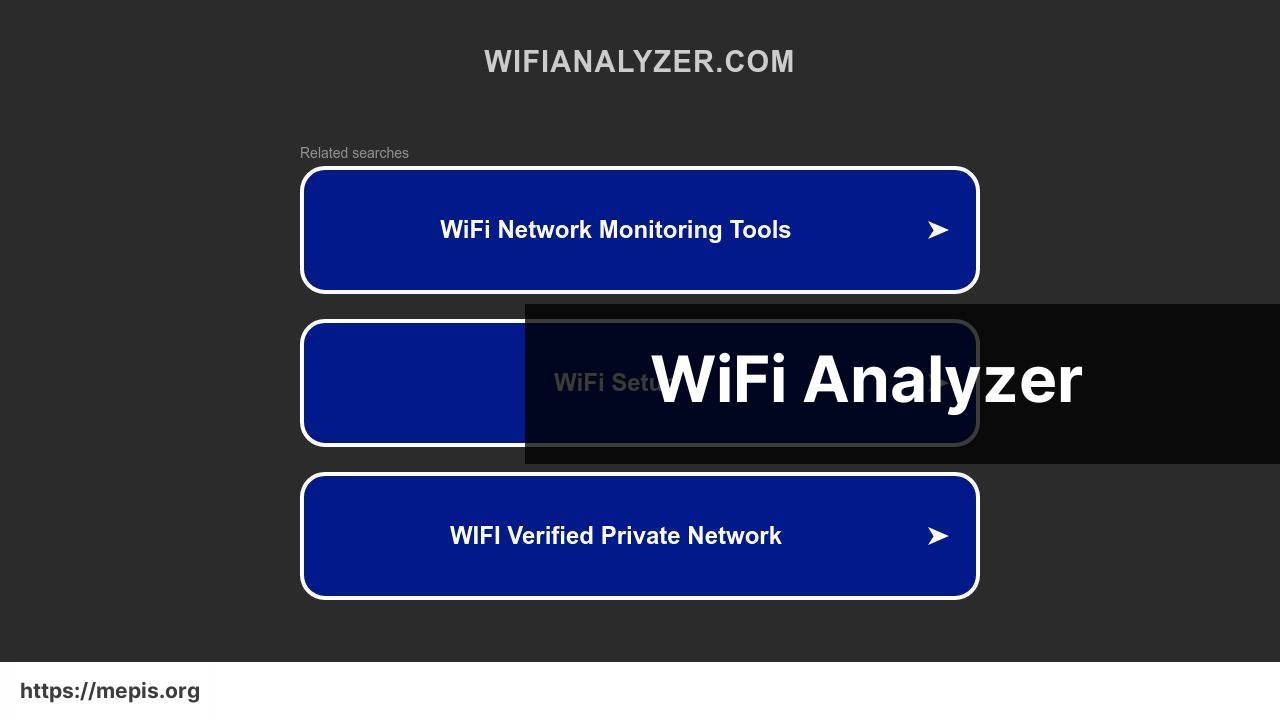Top WiFi Heatmap Software You Need

In today’s fast-paced digital era, achieving optimal WiFi coverage can be crucial for both personal and professional settings. From preventing dropped connections in a home office to ensuring seamless streaming experiences, maintaining a solid WiFi connection dramatically enhances our daily lives. However, diagnosing dead spots and optimizing coverage can be a daunting task without the right tools. This is where WiFi heatmap software comes in handy. These applications help visualize WiFi signal strength across different areas, enabling users to identify and resolve any connectivity issues systematically. In this blog post, we will explore the best WiFi heatmap software available today. Among the top-rated options is NetSpot, alongside other noteworthy contenders. Each offers unique features and capabilities, making them invaluable tools for enhancing your WiFi experience. Before diving into the details, let’s guided you through some common use-case scenarios for WiFi heatmap software.
NetSpot

NetSpot stands out as a comprehensive tool for creating detailed heatmaps of your WiFi coverage. It’s a favorite among many due to its ease of use and intuitive interface. With NetSpot, you can effortlessly collect visual data on your network’s performance, helping you identify areas that need improvement. Available for both Windows and Mac, this app provides an excellent balance of functionality and usability.
Pros
- User-friendly interface
- Comprehensive visualizations
Cons
- Limited features in the free version
- Can be complex for novice users
Ekahau HeatMapper

Ekahau HeatMapper is another robust tool specializing in WiFi heatmaps. It provides insightful data on WiFi signal strength, enabling users to make informed decisions about their network infrastructure. While it offers powerful features for professional use, its interface can be slightly intimidating for beginners. Nonetheless, its detailed analytics make it a top choice for many.
Pros
- Detailed signal strength maps
- Professional-grade analytics
Cons
- Steeper learning curve for new users
- Premium pricing
inSSIDer

inSSIDer, developed by MetaGeek, provides a range of functionalities to analyze and optimize your WiFi network. It’s renowned for its ability to display comprehensive details about your network, such as signal strength, interference, and security settings. Perfect for both home and small business use, inSSIDer simplifies the troubleshooting process significantly.
Pros
- Offers detailed network insights
- Suitable for non-professional users
Cons
- May require additional tools for advanced features
- Lacks some advanced visualizations
TamoGraph Site Survey

TamoGraph Site Survey is an ideal software for creating professional-grade WiFi heatmaps. Targeted mainly at business environments, it provides a plethora of features for meticulous network planning and troubleshooting. However, due to its extensive functionalities, it may come off as overwhelming for those just starting with WiFi optimization.
Pros
- Highly detailed data analytics
- Professional-grade features
Cons
- Can be overwhelming for beginners
- Relatively expensive
HeatMapper

HeatMapper, developed by Ekahau, is an excellent option for users seeking a free yet effective WiFi heatmapping solution. It provides a good balance of basic functionalities, making it perfect for home users looking to optimize their wireless networks. Though it lacks some of the more advanced features present in premium tools, it remains a solid option for basic usage scenarios.
Pros
- Free to use
- User-friendly for basic functions
Cons
- Limited advanced features
- May not be suitable for large-scale deployments
WiFi Analyzer

WiFi Analyzer is a straightforward tool designed to identify WiFi issues and suggest solutions. It’s particularly useful for users who need a quick overview of their network performance. While it might not provide as detailed visualizations as other software, it’s a handy tool for on-the-go network troubleshooting.
Pros
- Easy to use
- Quick troubleshooting
Cons
- Basic visualizations
- Limited in-depth analysis
Watch on Youtube: Top WiFi Heatmap Software You Need
Conclusion:
Understanding the nuances of your WiFi network is crucial for ensuring reliable connectivity. WiFi heatmap tools play an indispensable role in offering a detailed view of coverage areas, signal strength, and potential interference sources. Among the tools discussed, NetSpot stands out for its user-friendly interface and comprehensive data visualization, making it an excellent choice for both novices and professionals. For those interested in exploring its capabilities further, consider Building WiFi Heatmaps with NetSpot (Download on Appstore), a handy way to dive into advanced network analytics.
If you’re a beginner, starting with straightforward tools like WiFi Analyzer and HeatMapper can offer quick insights into your network’s performance. For businesses and professionals, more advanced options such as Ekahau HeatMapper or TamoGraph Site Survey provide detailed analytics and are worth the investment. To make the most out of these tools, it’s essential to understand the basics of network placement and optimization.
Begin by placing your router in a central location to achieve optimal coverage. If you still face dead zones, consider using WiFi extenders or mesh networks. Regularly updating your router’s firmware ensures you’re benefiting from the latest performance improvements and security patches. Additionally, securing your network with strong passwords and encryption (preferably WPA3) can safeguard against intruders.
Leveraging WiFi heatmaps not only helps in identifying weak spots but also provides actionable insights to enhance your overall network performance. These tools are also vital for businesses where uninterrupted access is critical for operations. By generating such maps, IT professionals can strategically place access points, ensuring consistent and strong WiFi coverage across the premises.
The importance of robust WiFi cannot be overstated in our connected world. Whether for personal use, business applications, or event management, having a reliable network greatly enhances productivity and satisfaction. Investing time in understanding and optimizing your network can pay off significantly in ensuring seamless connectivity.
Explore more about these tools and find the right fit for your needs. For additional resources, consider visiting websites like CNET’s guide to improving WiFi signal and Random Nerd Tutorials for further information.
FAQ
What is WiFi heatmapping software used for?
WiFi heatmapping software helps visualize wireless signal strength and coverage areas, ensuring optimal network performance and identifying poor coverage spots for potential improvements.
Which features should good WiFi heatmapping software include?
A robust WiFi heatmapping tool should have real-time signal detection, detailed analytics, multi-floor mapping, and easy-to-understand visual representations.
Are there any free WiFi heatmapping tools available?
Yes, some free tools offer basic function, like NetSpot and Acrylic WiFi Home, allowing users to map and analyze their WiFi signals without cost.
How can WiFi heatmaps improve network performance?
By using WiFi heatmaps, users can identify weak signal areas, optimize router positioning, and adjust coverage to reduce dead zones or interference, enhancing overall network performance.
What are some key benefits of using commercial WiFi heatmapping tools?
Commercial WiFi heatmapping tools generally offer more advanced features, detailed analytics, enterprise-level support, and regular updates, ensuring a more reliable and effective WiFi network.
Do WiFi heatmaps only work indoors?
No, advanced WiFi heatmapping tools can map both indoor and outdoor environments, ensuring comprehensive coverage of complex settings like campuses or large public areas.
How does WiFi heatmapping software differ from site survey tools?
While both tools evaluate network performance, WiFi heatmapping software focuses on visualizing signal strength, whereas site survey tools provide broader insights into device health and network infrastructure.
Can WiFi heatmaps be created for multi-floor buildings?
Yes, many advanced heatmapping tools like Ekahau support multi-floor mapping, allowing users to analyze and optimize WiFi coverage across different levels of a building.
How often should WiFi heatmapping be conducted?
Regular WiFi heatmapping is advisable, especially after significant network changes or building renovations, to ensure the WiFi performance remains at optimal levels.
What is a leading WiFi heatmapping software for enterprise environments?
For enterprise needs, AirMagnet Survey is highly regarded for its comprehensive features, detailed reports, and robust WiFi analysis capabilities.
